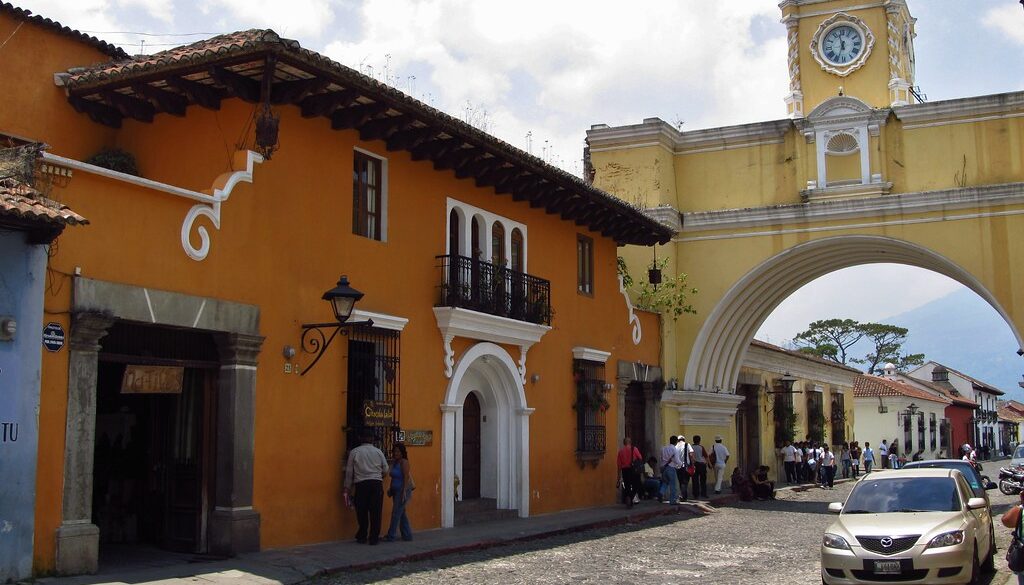Accelerating regional and international trade reforms in Central America is key to inclusive and sustainable development
Table of Contents
Contact the Central American Group to invest in manufacturing in El Salvador.
Trade representatives from Central American countries, officials from international economic development organizations, and private sector representatives met earlier this year in Antigua, Guatemala. The purpose of the gathering was to evaluate the region’s progress in terms of trade issues. In this context, they examined and analyzed possible regional and international trade reforms in Central America within the framework of an event entitled ” Trade Facilitation: The Reactivation Route.”
Officials meet to discuss regional and international trade reforms in Central America
Organized jointly by the World Bank, the Secretariat for Central American Economic Integration (SIECA), and the Pro Tempore Presidency of the Council of Ministers for Economic Integration (COMIECO), with the support of the Guatemalan Ministry of Economy, the event addressed the question of how to deepen the integration of markets for goods and services in the region. Furthermore, it offered spaces for exchanging ideas and proposals with the private sector.
“The event allowed us to evaluate the achievements in regional economic facilitation. As a result of this, we were able to announce priority initiatives in areas such as the reduction of the cost of air transport, express shipments, and advance declarations. We were also able to begin the preparation of a new roadmap for the integration of regional markets,” expressed Francisco Lima, Secretary General of the Central American Economic Integration Secretariat (SIECA).
Central American countries are active in signing international trade agreements
“The economies of Central America have made substantial progress in trade facilitation and have individually signed an average of 9.5 trade agreements. This figure is almost double that of the rest of the Latin American and Caribbean region. However, they have great opportunities to further reduce costs and times for intra-regional and extra-regional trade,” said Carlos Felipe Jaramillo, World Bank Vice President for Latin America and the Caribbean.
“From the World Bank, we have been supporting facilitation for regional and international trade reforms in Central America with analysis and advice. We consider this a key priority for the region’s countries to promote their continued economic recovery and return to the path of inclusive and sustainable economic growth.”
For his part, the Guatemalan Minister of Economy, Dr. Janio Rosales, during his participation in the inauguration of the forum, said, “This event will generate rich and abundant discussion. We address the vision that each of the ministers has of the Council of Ministers for Economic Integration (COMIECO), as well as the prospects for improving trade facilitation at the regional level, so I look forward to hearing more to move forward on the subject.”
Minister Rosales indicated that one must first obtain the necessary political commitments to implement regional and international trade reforms in Central America. Secondly, there must be a survey of everything that has already been done by the different trade and competitiveness strategies through the years by various public and private regional institutions.
Furthermore, he explained that the removal of obstacles, the standardization of processes, the simplification of procedures, and the streamlining and coordination of immigration controls have been fundamentally necessary to making regional progress. In addition, technology for radio frequency records and electronic platforms for records and sanitary and phytosanitary measures must also be examined and updated.
Bringing about a customs union is essential to regional success
Within the framework of the forum, the region presents progress in areas such as the customs union, for which the World Bank has provided technical assistance through the Support Program for the Implementation of the Trade Facilitation Agreement (AFC) of the World Trade Organization ( OMC), along with other entities. Despite this wide-ranging cooperation, the integration of regional customs services still needs to improve regarding infrastructure and efficiency at border crossings. For example, on average, a truck transporting cargo from the Mexico-Guatemala border through Central America to Panama moves at an average speed of 18.5 km/h. According to the “Dispatch Times” study, carried out by SIECA and Central American customs authorities, with the support of the World Customs Organization and the European Union, the average border crossing time, without counting waiting lines, is 9 hours. The region’s countries must significantly improve this performance to bring about effective regional and international trade reforms in Central America.
Likewise, despite the achievements in facilitating trade in the region, there are areas in which improvements can be made, such as the slowness of border procedures, low connectivity and technology adoption, infrastructure problems, and irregular hours at border crossing facilities. , among others.
Intra-regional trade would benefit from a reduction in costs
A recent World Bank study estimates that the full implementation by Central American countries of their commitments to the WTO Trade Facilitation Agreement could reduce trade costs by 15.5 percent in the region. Moreover, doing so would increase intra-regional trade by 61 percent. Additionally, expanding the implementation of this Agreement to Mexico would increase trade between Central America and Mexico by 130 percent and Central American GDP by 6.7 percent by 2030.
According to the same study, a 10 percent decrease in intra-regional transportation costs could increase trade between Central American countries by 5 percent and the region’s GDP by 0.3 percent by 2030. In addition, extending the transportation cost reduction between Central America and Mexico would increase Central American GDP by an additional 0.4 percent by 2030.
Contact Us
Please use this form to contact us and we will respond as soon as possible:
Contact Us
Please use this form to contact us and we will respond as soon as possible:
Contact Us
Please use this form to contact us and we will respond as soon as possible:
Contact Us
Please use this form to contact us and we will respond as soon as possible:





